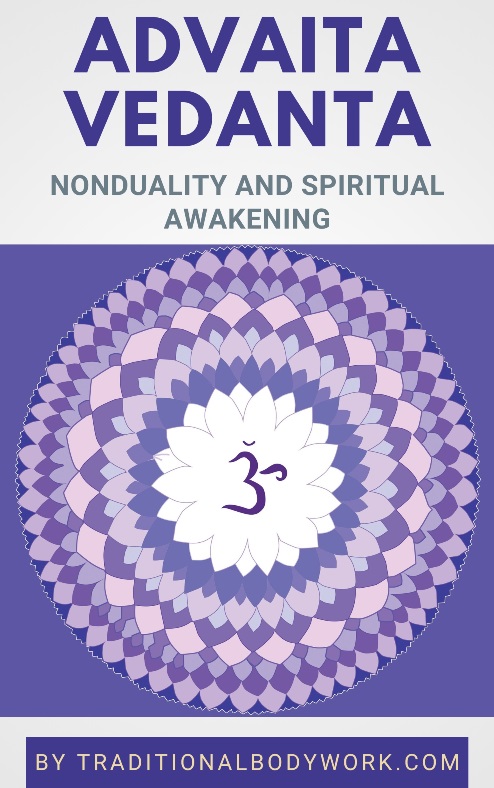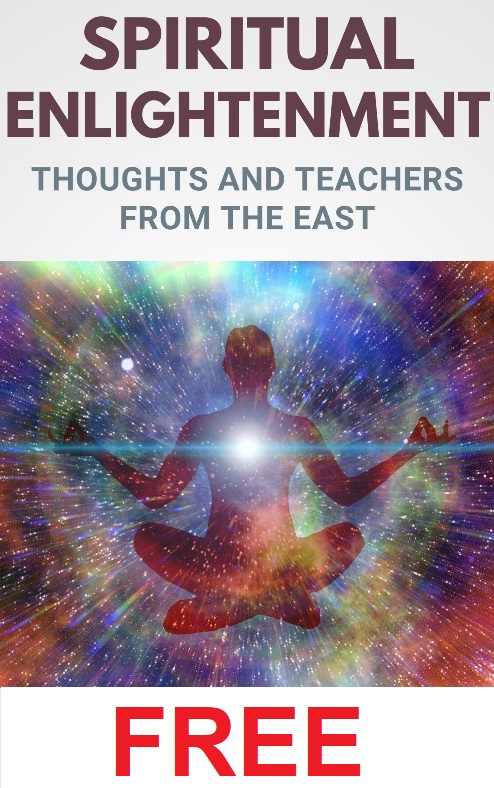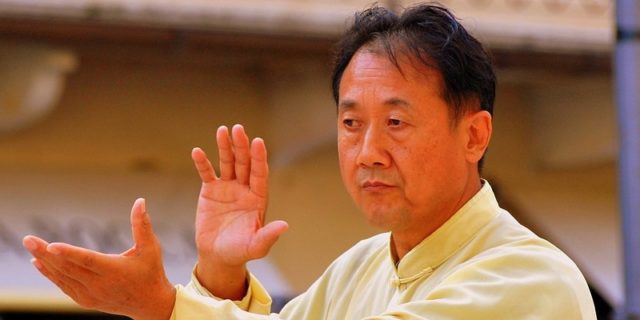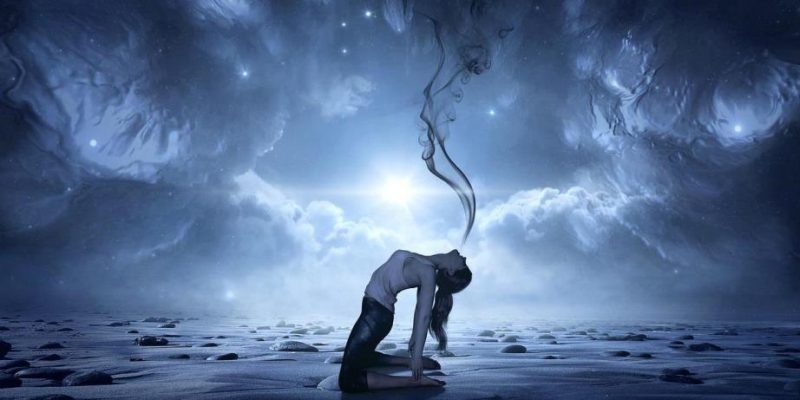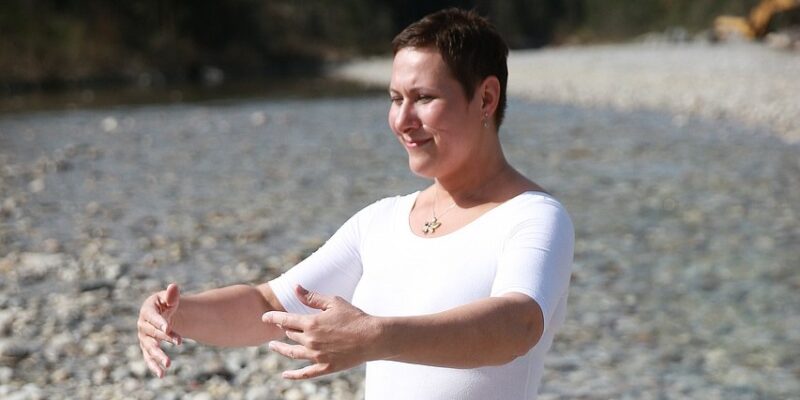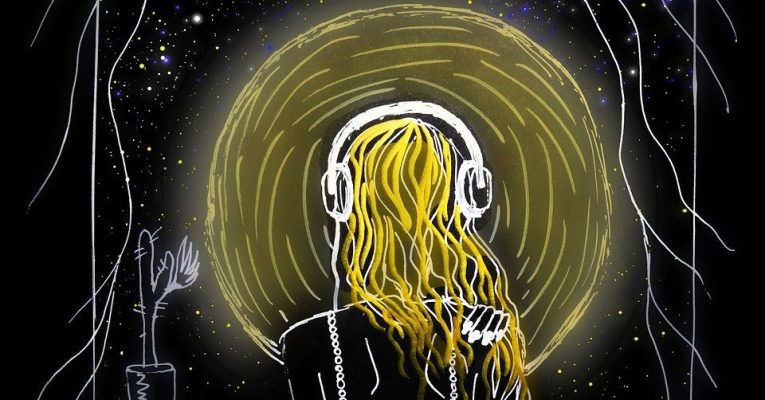
Spending time in a room devoid of light and sound — Darkroom Meditation, as it’s called — is thought to profoundly relax body and mind due to a maximum of sensory deprivation. The experience also goes under several other names, such as Darkroom Retreat, Dark Therapy, Dark Retreat, or Dark Meditation.

The Darkroom technique is said to originate in ancient Taoist practices. It’s thought that Taoist meditation practitioners would use remote, dark caves to meditate and attain deeper states of spiritual consciousness and knowledge of the Self in order to unite with the Universal Tao.
Nevertheless, seclusion in the dark for spiritual attainment, may it be in a room, cellar, or cave has been practiced in many other ancient cultures, such as the in Tibet, in Ancient Egypt, and in the Roman Empire, but also in medieval Europe notably in a Christian setting (monks, monasteries, etc.).
At any rate, the modern Darkroom Retreat is offered to you as a restorative, rejuvenate, and meditative experience, one in which you will spend several days (an average of about three days, but it can be longer) in a dark and quiet enclosed area (a room) where you will be provided of (healthy) food and water. Mind that the Darkroom could also be an opportunity to adhere to a fasting regime.
The room is usually rather sparsely furnished. You will have a bed (maybe also a chair and/or Yoga mat), toilet and shower, and you will not have access to “entertainment” such as the Internet, your smartphone, a radio, or eReader, and so on. As the room is often very well closed against infiltration of light and sound, you will have some kind of air-conditioning or air-control system installed to keep temperatures, humidity, and air quality at healthy levels.
Depending on the retreat organizers, you may be allowed to take some stuff with you inside for physical exercise or for meditation purposes (as long as they don’t make sound or give light, of course). Additionally, you will surely be allowed to use those things you really need for your health, such as your medicines (if you’re on medication) or other utilities (for instance, a special pillow, anti-allergic blanket, etc.).
It’s thought that the Darkroom enables you to deeply relax, catch up on sleep, rest your eyes profoundly, recuperate from over-stimulation and the many psychological demands in day-to-day life, let dreams tell their stories, and focus on your inner world in more clarity and lucidity. In fact, the idea is that the outer darkness will help to shine light on your inner darkness.

If you already master certain meditation techniques such as Vipassana Insight Meditation, Zazen Sitting Meditation, or Anapanasati (Mindfulness of Breath Meditation) spending time in the Darkroom can be an excellent period to deepen those practices.
In a retreat form (because you could also do this alone at home) you will commonly have therapists and/or guardians around who guide you through the Darkroom experience so that you don’t “get out of your mind,” as it were.
In fact, it can also be a very difficult thing to sit alone with your thoughts in the dark (many people may not find this a very pleasant thing) and professional help (someone to talk to when you really need it) may come very helpful or even necessary. Of course, if the experience becomes too much, you can always stop and leave the room.
Darkness Meditation Retreats are offered across the world, but surely the Universal Tao Darkness Retreat in Chiang Mai, Thailand — created by Master Mantak Chia and organized in the Tao Garden — is currently one of the best organized and most popular around.
Mind that you will need to prepare yourself well for a Darkroom Retreat (for instance, it’s advised to consume some extra types of vitamins and minerals before you participate). In any case, Darkroom Meditation Retreat organizers will surely have a checklist with all the things you need to think about, do, or don’t do before actually entering the Darkroom experience.

